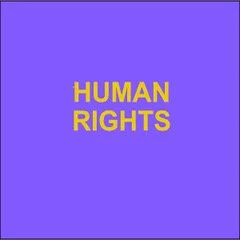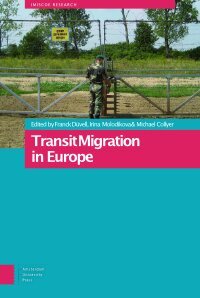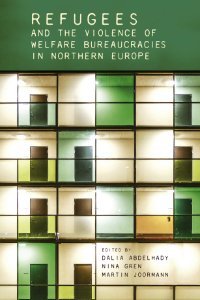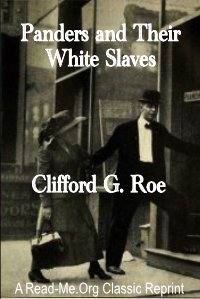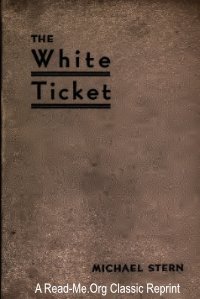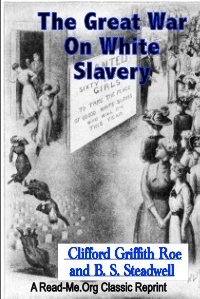By Jessica M. Vaughn
The Trump administration has declared war on MS-13, the notoriously brutal gang based in El Salvador. A similar initiative launched by the Bush administration in 2005 stifled the gang's activity after several years, but the gang has been able to rebuild itself here since 2012.
Center researchers reviewed more than 500 cases of MS-13 gang members arrested nationwide since 2012. We conclude that this resurgence represents a very serious threat to public safety in communities where MS-13 has rebuilt itself. The resurgence is directly connected to the illegal arrival and resettlement of more than 300,000 Central American youths and families that has continued unabated for six years, and to a de-prioritization of immigration enforcement in the interior of the country that occurred at the same time.
All criminal gangs are a threat to public safety, but MS-13 is a unique problem because of the unusually brutal crimes its members have committed, its success in using intimidation to victimize and control people in its territory, and its focus on recruiting young members, often in schools.
Nevertheless, because such a large share of MS-13 members are not citizens, they are especially vulnerable to law enforcement, and many can be removed from the communities they terrorize. Strategic use of immigration enforcement is a necessary element to disrupting and dismantling MS-13 gangs and any other transnational criminal organization operating in our communities.
The proliferation of sanctuary policies that interfere with cooperation between state and local law enforcement agencies threatens to hamper efforts to stifle MS-13 activity. The federal government must take steps to clarify how federal law permits such cooperation and also must set up consequences for those jurisdictions and officials who impose sanctuary policies.
Washington, DC: Center for Immigration Studies, 2018. 17p.

